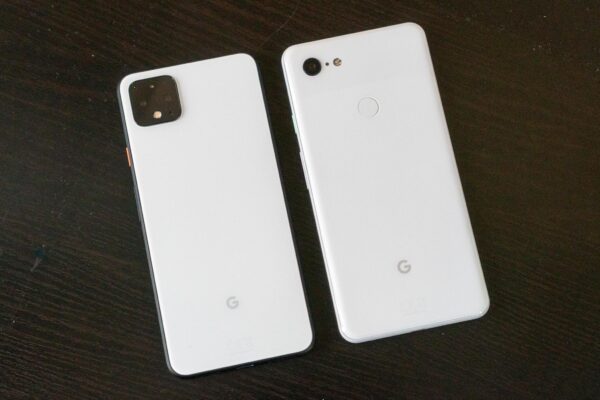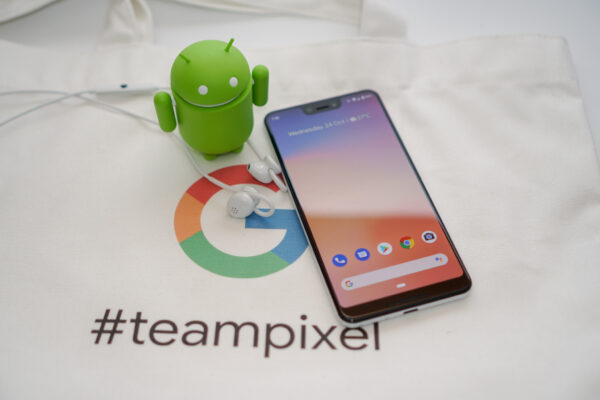
Consumer tech gadgets get refreshed very often. It’s no surprise then that most people upgrade their phones from time to time. Some might also downgrade, though perhaps less often. I did so, from Pixel 4 XL to Pixel 3 XL, and it’s for the better.
We are now living in unusual times. The global COVID-19 pandemic has brought about changes in many aspects of our lives. One of them is about the necessity to wear face masks when outside our homes, a rule that is not uncommon in many parts of the world.
What have face masks got to do with downgrading of phones?
Well, the Google Pixel 4 XL’s cool Face Unlock feature that uses facial recognition to unlock the phone has become useless when you’re wearing a face mask. Since the Pixel 4 XL abandoned the use of a fingerprint sensor, unlocking the phone has become a rather painful chore.
This wasn’t so bad during the Circuit Breaker period when we shouldn’t be going out anyway. But as the lock down measures are slowly being relaxed, I find myself using the phone outside more often, and having to type my unlock PIN dozens of times a day wasn’t workable.
I downgraded to the Pixel 3 XL, the last Google flagship, from 2018, that still incorporated a fingerprint sensor.
A late 2018 flagship smartphone, even one and a half years later, is surely still a decent phone. My downgrading reminded me of some of the great things of the Pixel 3 XL. That fingerprint sensor, of course, is a great start.
The Pixel 3 XL is also slightly smaller, thinner, and lighter than the Pixel 4 XL. It may be just very slightly so, but the difference is noticeable.
The dual front-firing stereo speakers on the Pixel 3 XL are awesome. The Pixel 4 XL’s down-firing bottom speaker just doesn’t sound so balanced, nor as clear and loud. YouTube and Netflix videos are just that bit more enjoyable on the Pixel 3 XL because of the better sound.

There are a few things that I will miss about the Pixel 4 XL. The first is about the display quality. The Pixel 3 XL may have won DisplayMate’s Best Smartphone Display Award back in 2018, but comparatively, the Pixel 4 XL’s display is clearly better. It has more contrast and deeper blacks.
The other thing about the Pixel 4 XL’s display is the 90 Hz refresh rate. It might not be the fastest among smartphones, but it is good enough to clearly show more fluidity than the Pixel 3 XL’s display. My eyes are now very discriminating, but the Pixel 3 XL’s slower refresh rate makes it look like the phone is stuttering from time to time.
Then, there are things I don’t miss with the Pixel 4 XL. The Soli radar sensor, while maybe a bit useful, remains mostly a gimmick. It’s nice that the Pixel 4 XL can reduce its ring tone or alarm volume when my hand approaches it. Or that it can switch off the display totally when there’s no one around, and turn it back on when someone approaches it. But I can do without them.
I do find myself sometimes staring at the Pixel 3 XL and wonder why it doesn’t unlock. Face Unlock is useful, no doubt. However, seeing that we’ll almost always have to touch our phones in order to use and interact with them, I think the fingerprint sensor is definitely something that Google shouldn’t have done away with.
Maybe, the Pixel 5 will have both fingerprint sensor and Face Unlock.
View Comment Policy